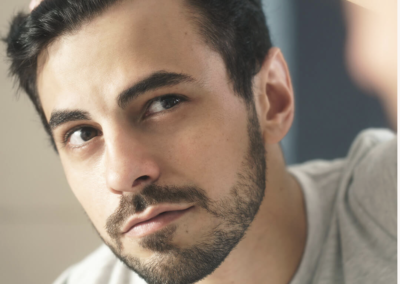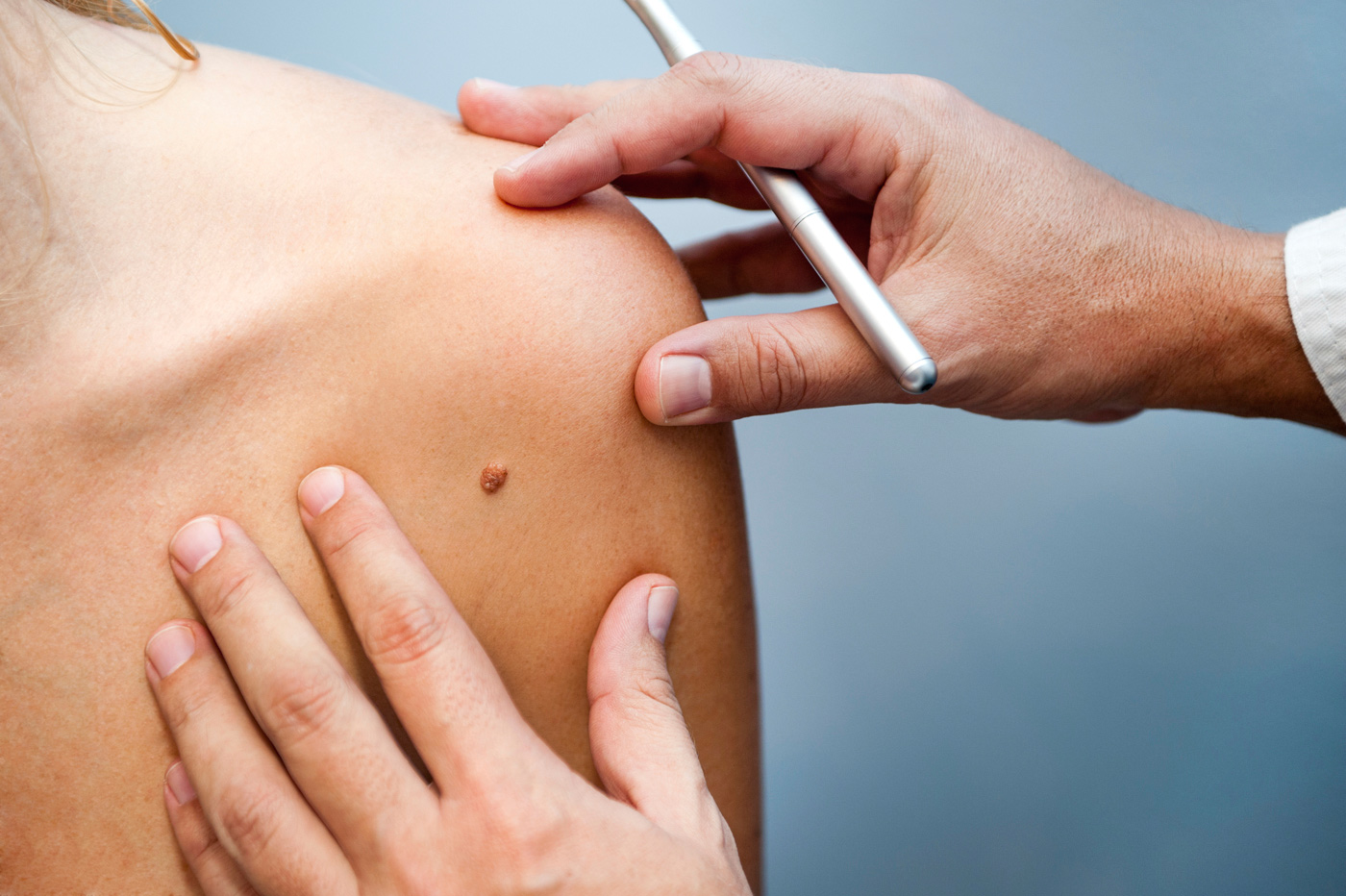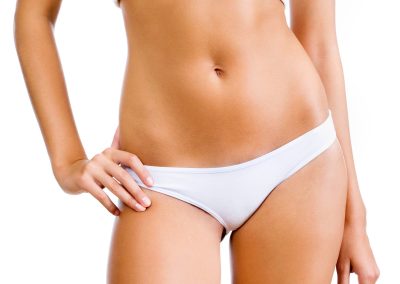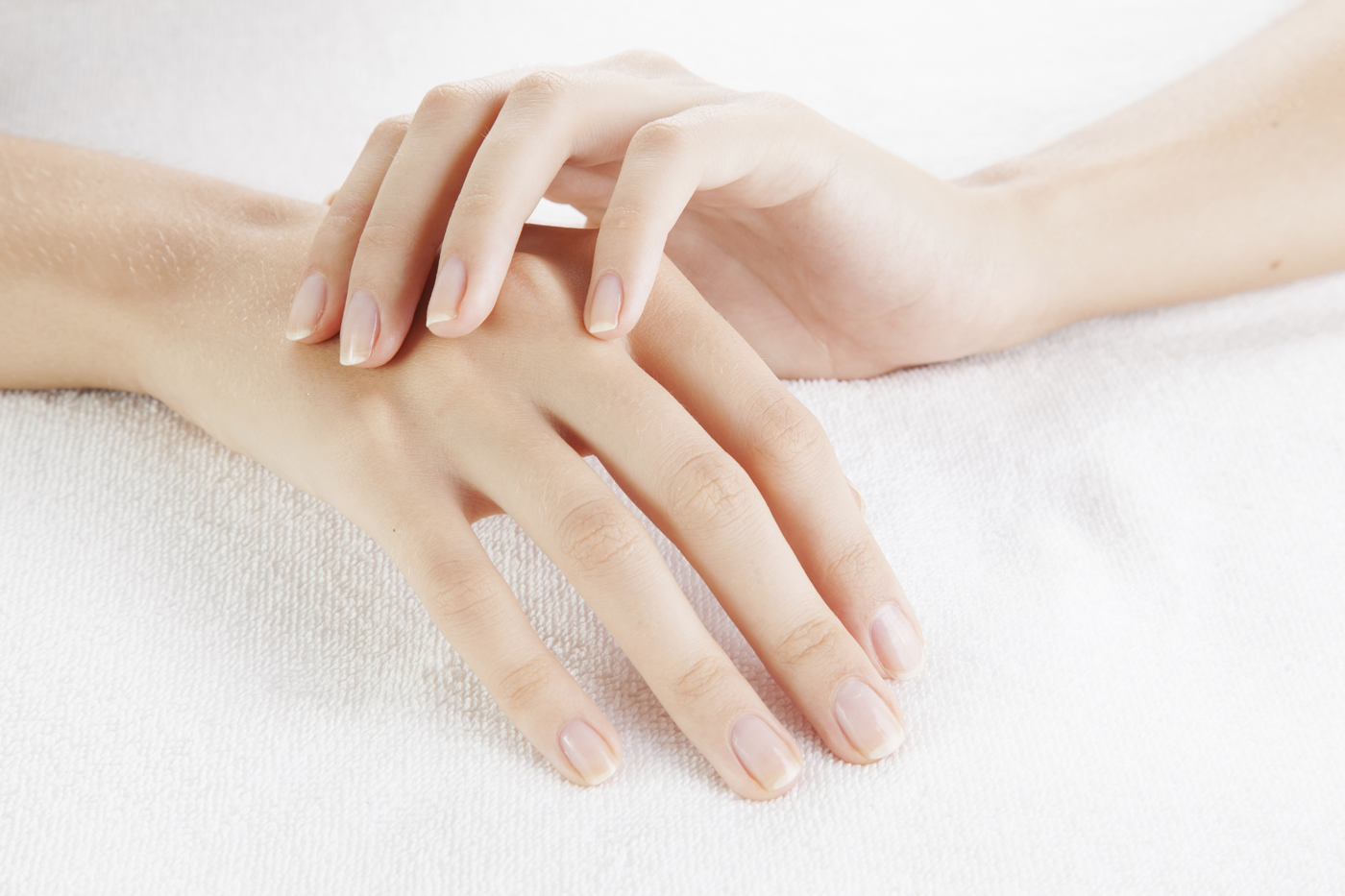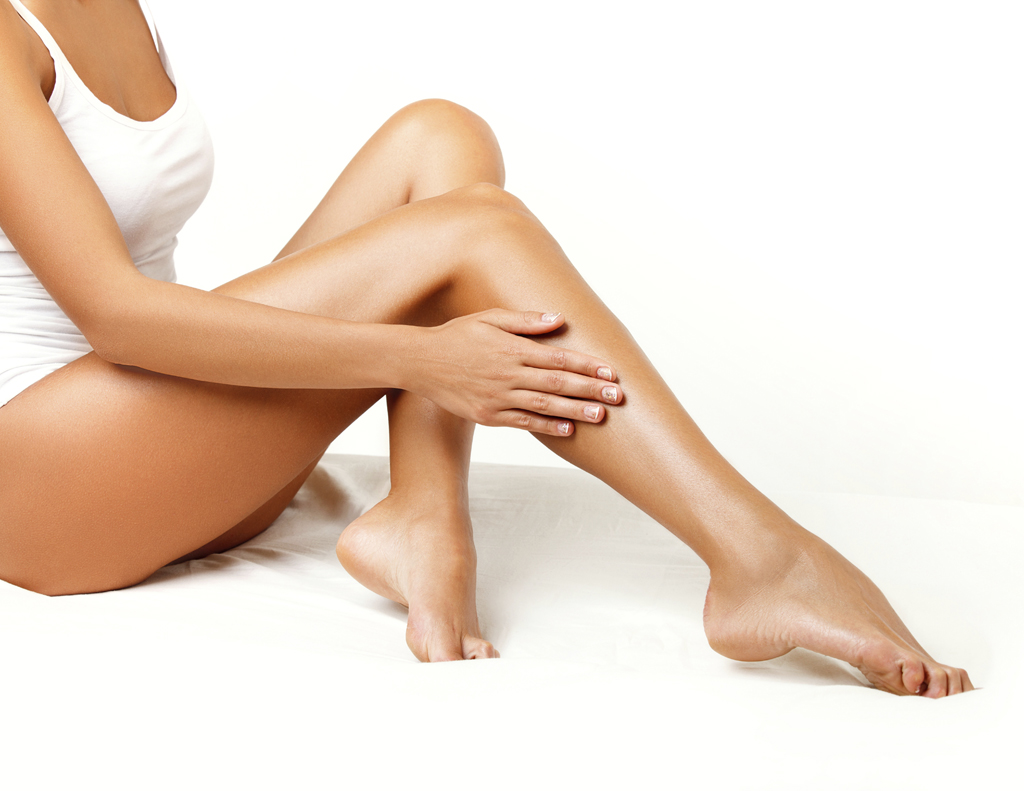Cryotherapy
Removal of benign skin lesions using liquid nitrogen
What conditions can be treated with cryotherapy?
A wide variety of superficial benign (non-cancerous) lesions can be treated with cryotherapy, but it is most commonly used to remove actinic keratoses (an area of sun-damaged skin found predominantly on sun-exposed parts of the body), viral warts, seborrhoeic keratoses, Bowen’s disease and other benign lesions.
What does the procedure involve?
Cryotherapy can be carried out after a initial consultation with Dr Liz Evans without any special preparation. Liquid nitrogen is usually applied to the skin using a spray gun, a metal probe or sometimes a cotton bud.
Although there is slight local pain felt, cryotherapy does not normally require a local anaesthetic, and the procedure itself lasts a matter of seconds; the precise time depends on the thickness and size of the lesion. The frozen skin becomes white and takes one to two minutes to thaw back to normal skin temperature. After a few days, a scab will form, and this will take one to two weeks to fall off (occasionally a little longer, especially on the legs). Usually, the treated area will eventually look normal, although scarring and discolouration is possible, and rarely ulceration, particularly on the lower legs.
Depending on the nature of the lesion, more than one treatment may be necessary, and this is usually repeated at regular intervals.
How should the treated area be cared for?
Dr Evans will explain how she would like you to care for the treated areas and may suggest applying Vaseline to the affected skin. If the scabs become wet, they should be patted dry with a soft towel or tissue.
It is important not to pick the scab as this will encourage scarring. A dressing or plaster is not usually necessary but may be advisable if the treated area is likely to be knocked or rubbed by clothing.
What are the side effects of this treatment?
Immediate side effects:
• Pain – cryotherapy is usually well-tolerated but can sometimes be painful if a deep freeze has been necessary (i.e. to treat a basal cell carcinoma). This discomfort can occur both at the time of treatment and for a variable time thereafter. Painkillers (such as paracetamol) taken for the first 24 hours may relieve the discomfort; also taking a painkiller an hour or so prior to the anticipated treatment may reduce the discomfort.
• Swelling and redness – this is a normal immediate response to freezing the skin and usually settles after two to three days. For a short while the treated area may ooze a little watery fluid. Cryotherapy close to the eyes may induce prominent puffiness of the lower eyelids which settles within days.
• Blistering – this is also a common consequence of cryotherapy and blisters settle after a few days as the scab forms. Some people blister more easily than others and the development of blisters does not necessarily mean that the skin has been frozen too much.
• Infection – uncommonly, infection can occur, resulting in increased pain and the formation of pus: this may require topical antiseptic or antibiotic therapy from your GP.
What is cryotherapy?
The term ‘cryotherapy’ literally means ‘treatment using low temperature’ and refers to the removal of skin lesions by freezing them. The most common product used by doctors is liquid nitrogen.
Suitable for treating Seborrhoeic warts, Actinic Keratosis (sun damage), hand warts.
Cyrotherapy
Removal of skin lesions by freezing- Consultation with Dr Liz Evans is required before treatment.
